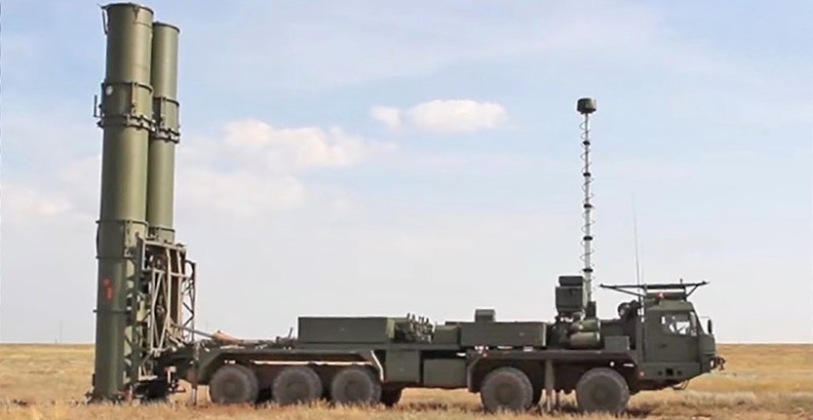News
Russia Begins Deliveries of Third S-400 Missile Unit to India: Mach 14+ SAMs Revolutionise Air Defence
India’s armed forces have begun to receive their third unit of S-400 surface to air missile systems from Russia, with the local media reporting that Delhi was managing to find alternative means of processing payments for the weapons and their maintenance to avoid impeding Western economic sanctions. A $5.43 billion contract for five S-400 units was signed in October 2018, making India by far its largest foreign client and revolutionising its previously modest long range surface to air capabilities. Although India has repeatedly been threatened with American economic warfare measures should it proceed with acquisitions of high end Russian weapons systems, Delhi has harshly condemned such measures as illegitimate and illegal and was widely seen by analysts to have effectively called Washington’s bluff over possible sanctions.
Although the Russian Military has made deep cuts to its acquisitions of combat aircraft since the disintegration of the Soviet Union, and often refrained from investing in the latest fighter classes available, it has consistently invested heavily in air defence systems and S-400s in particular to compensate. As a result well over 20 S-400 regiments are already in service with more on order, with an already large scale of production expanded as foreign orders have grown. The S-400 has a significantly lower operational cost than fighter or interceptor units providing an equivalent air defence capability, and is heavily relied on both by Russia and by key foreign operators such as Belarus and Algeria to counter adversaries with numerically larger air forces.
The first S-400 unit delivered to India was deployed near its western border with Pakistan in December 2021, with a second unit delivered the following year stationed near the northern border with China. It is expected that three of the five units will face Pakistan and the remaining two will be deployed facing China, with Russian sources claiming that all five will be delivered by 2024. With Indian officials having praised the S-400 as the world’s most formidable air defence asset, Delhi’s post-contract requests for an accelerated delivery have been obliged by Moscow. The S-400 is prized for its ability to engage up to 80 targets simultaneously, its use of multiple radars in different wavebands to provide very high situational awareness including against stealth targets, and its ability to engage hypersonic targets travelling at over Mach 8 using its own missiles that fly at over Mach 14. The system has an engagement range of 400km if integrating 40N6 missiles, although whether India has purchased these remains uncertain.

India’s S-400 acquisitions have fuelled speculation that the country could acquire further high end Russian aerial warfare assets in future, including the new S-500 system designed to complement the S-400 and engage space and strategic targets, as well as Su-57 next generation fighters. India was previously a partner in the Su-57 program under a complex joint development agreement, but was widely reported to have withdrawn. It has continued, however, to show an interest in acquiring the aircraft after they had been more widely deployed in Russia itself. Although the S-400 provides a means of countering China’s own fast growing fleet of indigenous fifth generation fighters, Su-57 acquisitions would provide a peer level capability and are expected to be pursued either as part of a license production agreement, mirroring the Su-30MKI, MiG-27 and MiG-21 deals previously signed, or as off the shelf purchases.












